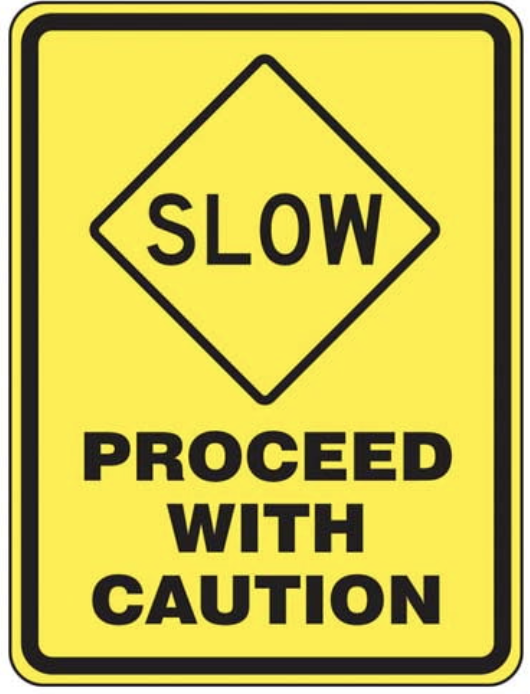
Drew Hardesty
Forecaster
Not long ago, I found that I was running late to a talk I was to give at Black Diamond in Salt Lake City. I stepped on the gas, running through traffic, stop-signs and lights to get there on time and soon saw the unmistakable red, white, and blue lights in the rear view mirror.
"What's the hurry," asked the cop after he had pulled me over, "where you headed?"
My response, dripping with irony, was that I was headed across town to give a talk on risk management and decision making. I was spared the ticket.
For the rest of the drive, and for that matter, the following weeks, I was Johnny Speed Limit. Mr. 54 mph. But no longer. I speed once again.
These are two troubling things when it comes to risk and decision-making: compartmentalization and recency (or availability).
On a panel discussion on risk at the Bend Snow and Avalanche Workshop this fall, I relayed this speeding story and followed it by saying that if we all leave here promising to be mindful of decision making in the mountains...and then we head to the post-workshop party at the bar, consume 5 beers and then drive home, we're missing the point. We are at risk if we compartmentalize our good judgment and decision-making.
Similarly, how is it that the days after a close call or fatality that we dial things back, and play by all the rules...only to cut corners weeks or months later?
How is it that we learn good lessons that we mind closely for awhile before we again drift into failure? This is the recency, or availability, bias in reverse. (The availability heuristic is generally defined as how people tend to heavily weigh their judgments toward more recent information, making new opinions biased toward that latest news or events.)
While you're chewing on these things on the way to the trailhead, don't forget to wear your seatbelt.
The original Drift Into Failure story (UAC essay/blogpost) here.







